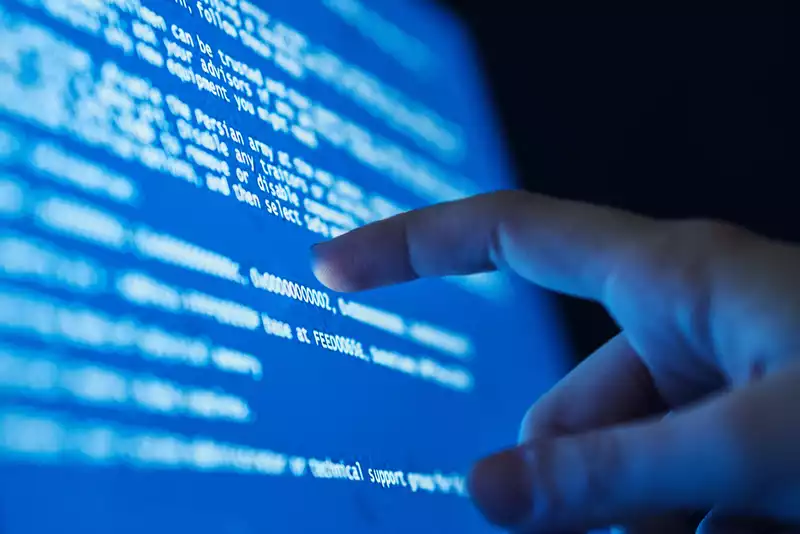Word is spreading that this week's Windows 10 security update is causing serious problems for some Windows users.
This is a critical issue because the update, designated KB5001330 for Windows 10 version 20H2/2004, fixes five zero-day flaws and several notable remote code execution vulnerabilities.
However, after the patch was distributed on Tuesday, people began complaining on various Internet forums that KB5001330 failed to install and sometimes caused serious problems such as endless bootloops and the dreaded Blue Screen of Death (BSOD).
"I got stuck in a BSOD loop after updating," one user commented on the Windows 10 subreddit. Same thing happened with KB5001330 on W10 Home 20H2 x64." A reboot with "disable driver signature enforcement" got it to boot.
On the Microsoft forum, several users posted complaints that KB5001330 would not install at all. Instead, they seem to get error codes like 0x800f0984 and 0x800f0922.
Some who have successfully installed the update have complained on the Windows 10 subreddit about sudden drops in gaming performance, including graphics stuttering and unpredictable FPS drops.
If you are concerned that the latest Windows 10 update will cause problems on your machine, the easiest thing to do is not install it until Microsoft addresses these issues. Given the severity of the security flaws that this patch addresses, one can only hope that the OS manufacturer will respond quickly.
If you have already installed the updates and have access to Windows but are still experiencing problems, the best solution would be to uninstall the patches and reboot your machine. Here is a step-by-step guide:
If you have already installed the patch and your computer is stuck in a boot loop and cannot access Windows at all, you should try more drastic measures.
As mentioned above, some users have reported escaping the loop by disabling driver signature enforcement. This can be done by selecting "Advanced Startup Settings" during the Windows 10 startup sequence, pressing the "Troubleshooting" button, going to "Advanced Options" and disabling driver signature enforcement in "Startup Settings."
It is still unclear how widespread the problems caused by this update are, but this is not the first time Microsoft has deployed a Windows patch that causes users major headaches. security that KB5001330 patches. Given the severity of the flaws, one can only hope that Microsoft addresses these issues soon.
If you are using Windows 11, you may have noticed that the blue screen of death has been replaced with a black one, but now Microsoft is bringing back BSOD to Windows 11.










Comments